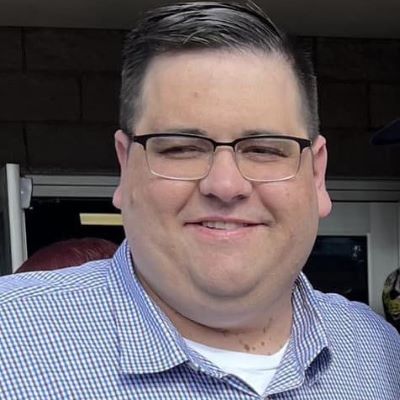Amplifi Media CEO Steven Goldstein knows that video podcasting — especially local podcasting — is a key to revenue and relevance in today’s day and age.
Goldstein — like others in the media research space — has championed content creators utilizing a digital video strategy to accompany their audio projects.
Recent data shows that while 16% of podcast listeners are strictly audio-only consumers, 7% are video-only users. And that isn’t for just Gen Z podcast consumers. That’s for every demographic overall.
The Amplifi Media CEO said that makes it abundantly clear that digital video is now a necessity instead of a luxury.
“They also need to put whatever that content is on YouTube because that is where people are going to get content today,” Goldstein said. “If it was Apple Podcasting, and then Spotify for podcasts over the past several years, that’s all been displaced and YouTube is far and away the number one source.”
But are local podcasting and local video strategies prevalent enough? The Amplifi Media CEO said, succinctly, no.
“I think it is underused,” said Goldstein. “I think there are examples of it going really nicely for companies that have made the effort or individual podcasters that have made the effort, but I think that local media companies have been so stretched over the past couple of years, even though they might have the desire, podcasts have fallen by the wayside.
“However, if you’re going to build audience, you need to do it in an on-demand fashion. So that means two things. Let’s say you have a successful morning show. If you do not have an on-demand strategy where you’re curating and harvesting additional listening opportunities, you’re missing an opportunity. The TV networks know this. They have put their content on YouTube … There is this shift to on-demand that local content producers need to develop.”
When asked if local podcasting is better produced by local companies, rather than by large radio or audio conglomerates, Goldstein said it was a complicated issue.
“One would hope that it is more organic and more local, but there are certainly examples of national companies moving into this space,” Goldstein said. “That should make all local content creators feel encroached upon. Graham Holdings, the old Washington Post company, has built a company called CityCast that’s in about 13 markets.
“It’s creating podcasts and newsletters. Locked On Sports has 210 podcasts, and they’re all local for every major team and every major market. And they are competitive with sports talk radio. So if you don’t fill the void, someone will do it for you,” continued Goldstein. “But it seems to me that this is now more cost-effective to produce content. And most of these companies have megaphones with which to promote the content, and that’s a key factor.”
The overarching standpoint from Steven Goldstein is that local podcasts are niche. And the podcast genre as a whole does well with niche audiences.
“Audiences appreciate local content,” Goldstein added. “And that can be from Instagram, TikTok, or they may be national. But a lot of the content that’s consumed on those feeds is local.”
Steven Goldstein is set to lead a webinar featuring the rise of video podcasts in relation to local media on Thursday. Joining Goldstein on the webinar are Borrell Associates founder/CEO Gordon Borrell and YouTube Podcasts Partner Manager Stephanie Chan. To register for the Amplifi Media webinar, click here.
Barrett Media produces daily content on the music, news, and sports media industries. To stay updated, sign up for our newsletters and get the latest information delivered straight to your inbox.

Garrett Searight is Barrett Media’s News Editor, which includes writing bi-weekly industry features and a weekly column. He has previously served as Program Director and Afternoon Co-Host on 93.1 The Fan in Lima, OH, and is the radio play-by-play voice of Northern Michigan University hockey. Reach out to him at Garrett@BarrettMedia.com.




